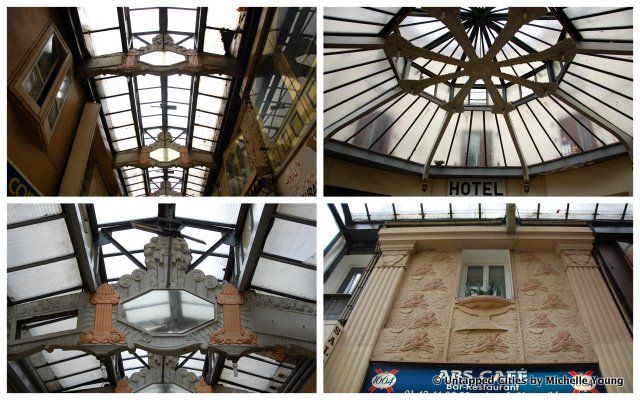Last Chance to Catch NYC's Holiday Notalgia Train
We met the voices of the NYC subway on our nostalgia ride this weekend!


The Passage du Prado is unlike any other arcade in Paris. It’s not perfect, not museumified and it’s not trying to recreate the ambience of another century. It’s grungy, a little run-down and filled with restaurants and shops owned by minorities, a part of the French population the government does not really like to discuss. In fact, it is illegal for the French state to collect data on ethnicity and race, a statute that originated in the French revolution and was reaffirmed in the 1958 constitution. But a law that was once in place to protect citizens against the political and ethnic abuses of the Vichy regime now appears to be upheld for exactly the opposite reason.
Although Sarkozy has stated that he favors the collection of such information, a parliamentary bill was rejected by the Conseil Constituionnel in 2007, reflecting the position of prominent organizations and politicians. In 2006, INSEE (French National Institute of Statistics) estimated that 8% of the country’s population was foreign-born, but this statistic does not address the concept of minority identification, regardless of birthplace. In contrast, the U.S. Census reported that minorities were about 44% of the population, a figure that will increase to 54% by 2050.

And so, minority groups, though unaccounted for officially, nevertheless congregate in certain areas of town. One of the workers in the Passage du Prado was from Ghana and explained to me that the arcade is now frequented by tourists. Still, inside there are Pakistani restaurants, Thai fabric stores, telephone shops, Indian barbers. The passage, originally open-air, was originally called the Passage du Bois de Bologne, in homage to the name of the dance parties that were held there. When the arcade was opened to the public in 1785, it already contained the glass rotunda that now forms the central joint in the L-shape arcade. It was covered only in 1925 and the ironwork that supports the glass reflects the arts and crafts movement. The facades of the stores also reflect the combination of classical motifs with elements from nature, seen in the ironwork. The tilework is well-worn, the paint is peeling, the glass ceiling dirty. The entrance faà§ade is of light-blue steel, almost outdone by the kebab stand next door. But inside are glimpses into many different worlds–the public shops and the semi-public and elaborate entrances to the private world upstairs.
How to Get There:
10th Arrondisement
Entrances on 18, Boulevard Saint-Denis and 12, Rue de Faubourg Saint-Denis, right next to the Metro stop Strasbourg-Saint-Denis
Metro: M4, M8 and M9
Map
All Photos by Michelle Young
Get in touch with the author @untappedmich.
Subscribe to our newsletter